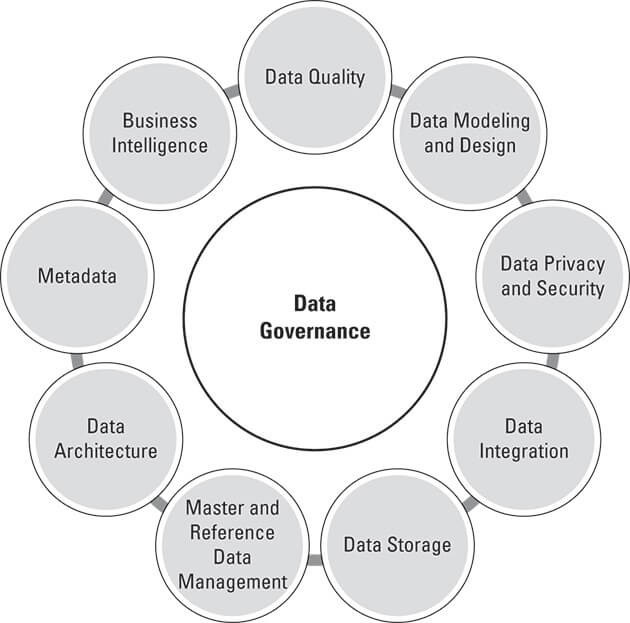When companies face the challenge of scaling IT operations, the debate often centers around managed services vs internal teams. Which option is more cost-effective, scalable, and sustainable? In this article, we’ll break down the true costs, advantages, and hidden expenses to help business leaders make informed decisions.
What Are Managed IT Services?
Managed IT services involve outsourcing IT functions—such as infrastructure monitoring, cybersecurity, cloud hosting, and helpdesk support—to a Managed Service Provider (MSP). Companies like Singleclic provide end-to-end solutions designed to improve efficiency and reduce operational risks.
Key Benefits of Managed Services:
- 24/7 monitoring and support
- Predictable monthly costs
- Access to specialized expertise
- Scalability without hiring overhead
What Are Internal IT Teams?
An internal IT team is a group of in-house employees responsible for maintaining an organization’s IT environment. They handle day-to-day operations, system troubleshooting, and long-term IT strategy.
Key Benefits of Internal Teams:
- Full control over operations
- Direct communication and faster internal alignment
- Company-specific knowledge retained in-house
Cost Comparison: Managed Services vs Internal Teams
1. Hiring and Training Costs
- Internal Teams: Recruiting skilled IT staff, onboarding, and continuous training can cost thousands per employee annually.
- Managed Services: MSPs spread costs across multiple clients, giving access to experts without direct hiring expenses.
2. Infrastructure and Tools
- Internal Teams: Require investment in tools, monitoring software, and licenses.
- Managed Services: Tools are included in service contracts, lowering upfront capital expenditures.
3. Scalability and Flexibility
- Internal Teams: Scaling requires new hires, which increases salary and benefits costs.
- Managed Services: MSPs adjust resources as business needs grow, offering pay-as-you-go scalability.
4. Hidden Costs
- Internal Teams: Employee turnover, sick leave, and downtime can disrupt operations.
- Managed Services: Contracts ensure continuous availability with Service Level Agreements (SLAs).
Which Is More Cost-Effective?
While internal teams provide control, managed services typically offer lower total cost of ownership (TCO). A hybrid approach—where internal teams focus on strategic projects while MSPs handle routine operations—can deliver the best balance.
People Also Ask
How much to charge for managed services?
Managed service pricing models vary, but most MSPs charge $100–$250 per user per month depending on service complexity.
How much does an MSP charge per server?
On average, MSPs charge $150–$500 per server per month, covering monitoring, patching, and security.
Are managed service providers worth IT?
Yes, MSPs often save businesses 30–40% compared to hiring internal teams, while providing access to advanced tools and expertise.
What is the difference between managed services and outsourcing?
Managed services focus on ongoing IT management with SLAs, while outsourcing may be project-based or temporary.
Why Choose Singleclic?
Since 2013, Singleclic has been a trusted IT partner across the Arab world, offering:
- Custom software development (ERP, CRM, Low-code solutions)
- Secure networking and infrastructure services
- Cybersecurity and 24/7 support
- Cloud hosting and digital transformation
📞 Contact Singleclic today:
- Egypt: +2 010 259 99225
- UAE: +971 42 475421
- KSA: +966 58 1106563
🌐 Visit: https://singleclic.com









